One of my greatest reading joys this year has been my deep dive into 20th century (and older!) queer lit. It happened somewhat accidentally. I decided to do the 10 Books 10 Decades challenge on Instagram (hosted by @reggiereads), and, because it’s me, I chose to read only queer books. I had no idea how deeply I would fall in love with queer literature from decades past, or what a profound effect it would have on me. I’ve read plenty of great 2023 releases this year, but some of my absolute favorite books have been from the 1920s and 1930s. I can’t get enough.
There are a million reasons to love older queer books. They are proof that we have always been here. They are a window into the lives and loves of queer ancestors. They’re a reminder that queer people have always fought back against oppression, and have always found pockets of joy, despite homophobia and transphobia and violence and erasure. Right now, with LGBTQ+ rights under such vicious attack in the U.S., this is a welcome reminder.
But the absolute best thing about reading 20th century queer lit, for me, has been the realization that not only have we always been here, but that we’ve always been complicated. These books are rich and layered. They are serious, silly, joyful, heartbreaking. They are not just about suffering. They feature messy, flawed humans, full of contradictions. Our stories are infinite, and we have been writing them down forever.
Harlem Shadows by Claude McKay (1922)One of the greats of the Harlem Renaissance, Claude McKay was a bisexual Jamaican American poet and novelist. Many of his works feature queer characters, including my favorite (though not his most well-known) Romance in Marseille. This beautiful collection of poetry is about the daily experiences of Black people in Harlem, about being homesick and the natural world, falling in love, going to work, racism, nationalism, and a whole lot more. In his brilliant introduction, Jericho Brown remarks on how important it is to remember that queer writers can and do put all of themselves into their work — Harlem Shadows may not be explicitly queer, but it’s still part of the queer canon. |
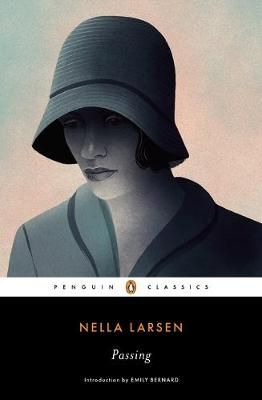
Passing by Nella Larsen (1929)This is another classic that I think deserves a place in the queer canon. Larsen’s story of the complicated friendship between two Black women — Irene, who is married and deeply involved in Black community affairs, and Clare, who is passing for white — is still beloved today, and for good reason: it’s sharp, smart, beautifully written, and deeply human. The subtext of queer desire between the two women is subtle, but it’s there. Queer subtext has a long history, and even though I love reading the loudly queer books of today, I believe books like Passing still have a lot to teach us about queer history and literature. |
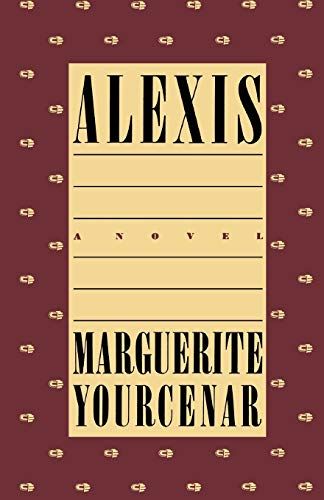
Alexis by Marguerite Yourcenar, translated by Walter Kaiser (1929)This slim novel from 1929 is one of my top five reads of the year — I finished it months ago and I’m still in awe of it. It’s written in the form of a letter from the titular Alexis to his wife. After years of lying to himself and to her about his sexuality, Alexis has finally left her, and now he’s trying to explain why. It sounds simple, but it’s one of the most nuanced novels I’ve read in a long time, a beautiful meditation on silence, shame, liberation, music, grief, and autonomy. |
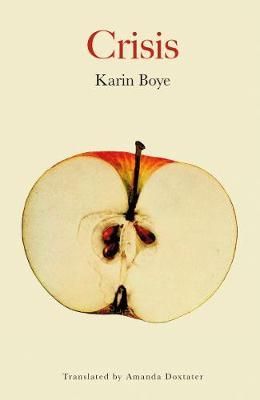
Crisis by Karin Boye, translated by Amanda Doxtater (1934)Set at a teachers’ college in Stockholm in the 1930s, this angsty, experimental novel follows Malin Forst, a 20-something woman who’s been unquestionably devout for her entire life, until her infatuation with a fellow student leads her into a crisis of faith and identity. The book uses various inventive forms, including letters and elaborate imaginary dialogues, to chart Malin’s emotional reckoning. |
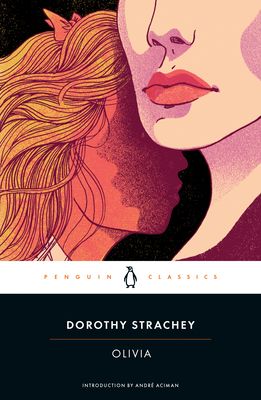
Olivia by Dorothy Strachey (1949)This short novel is set at a girls’ finishing school in France. Seventeen-year-old Olivia arrives there from the UK and immediately becomes infatuated with her teacher, one of the school’s headmistresses, Mlle. Julie. There’s plenty of lesbian drama (who doesn’t love lesbian drama?!) but underneath that, this is a messy, honest, and poignant portrait of queer teenage desire. I saw so much of myself in Olivia, which is one of the most beautiful gifts of 20th century queer lit — to be able to see ourselves and our experiences in queer ancestors, real and imagined. |
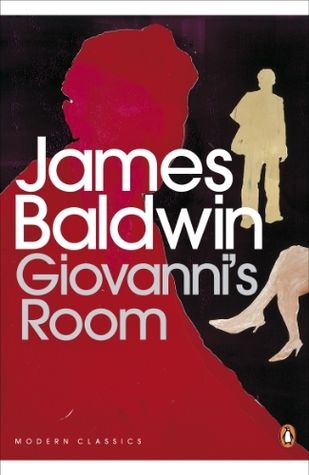
Giovanni’s Room by James Baldwin (1956)If it’s been a long time since you read this, I recommend revisiting it. I recently reread it and was struck by how fresh and relevant it felt. The story charts the tragic relationship between David, an American, and Giovanni, his Italian lover. It’s about queer suffering, and yet despite its dramatic plot, it is not sensational. It’s a quiet, heartbreaking character study about internalized homophobia and misogyny. Baldwin’s ability to distill messy, fraught human emotion into sentences that read like little poems is truly incredible. |
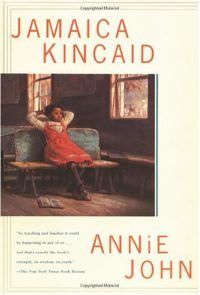
Annie John by Jamaica Kincaid (1985)I read this book for the first time this year and was delighted to discover how queer it was! It’s a coming-of-age story set on Antigua. The eponymous Annie knows herself and knows her mind; she longs for autonomy in a world that often doesn’t make space for her. The book centers her tumultuous relationship with her mother, but it also explores Annie’s girlhood crushes, and the role queer desire, and relationships with other girls, plays in her life. |
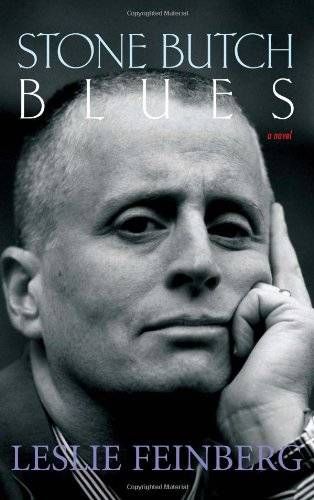
Stone Butch Blues by Leslie Feinberg (1993)This novel was written near the end of the 20th century, yes — but that’s 30 years ago now! I cannot put into words the impact this book had on me when I first read it as a teenager, and I know I’m far from the only one. Jess Goldberg’s journey of queer self-discovery in the 1950s and 1960s is still one of the most compelling, honest, heartbreaking, and joyful queer and trans stories I’ve ever read. This book deserves a place on every queer bookshelf. It’s one I turn to again and again. |
Looking for more queer classics? Check out this amazing list of the 100 most influential queer books of all time. I also made a list of some of the best queer books published in every decade between 1970 (the first Pride) and 2020.
Source : We’re Not New: A 20th Century Queer Lit Reading List








